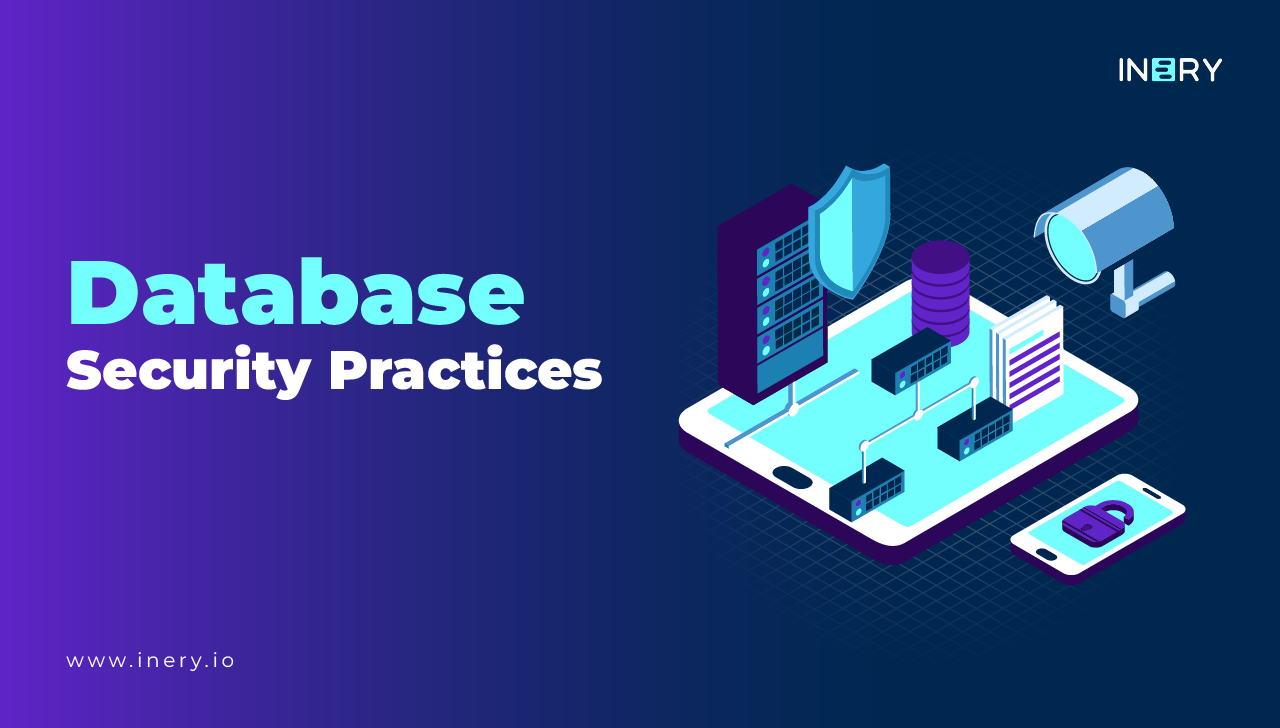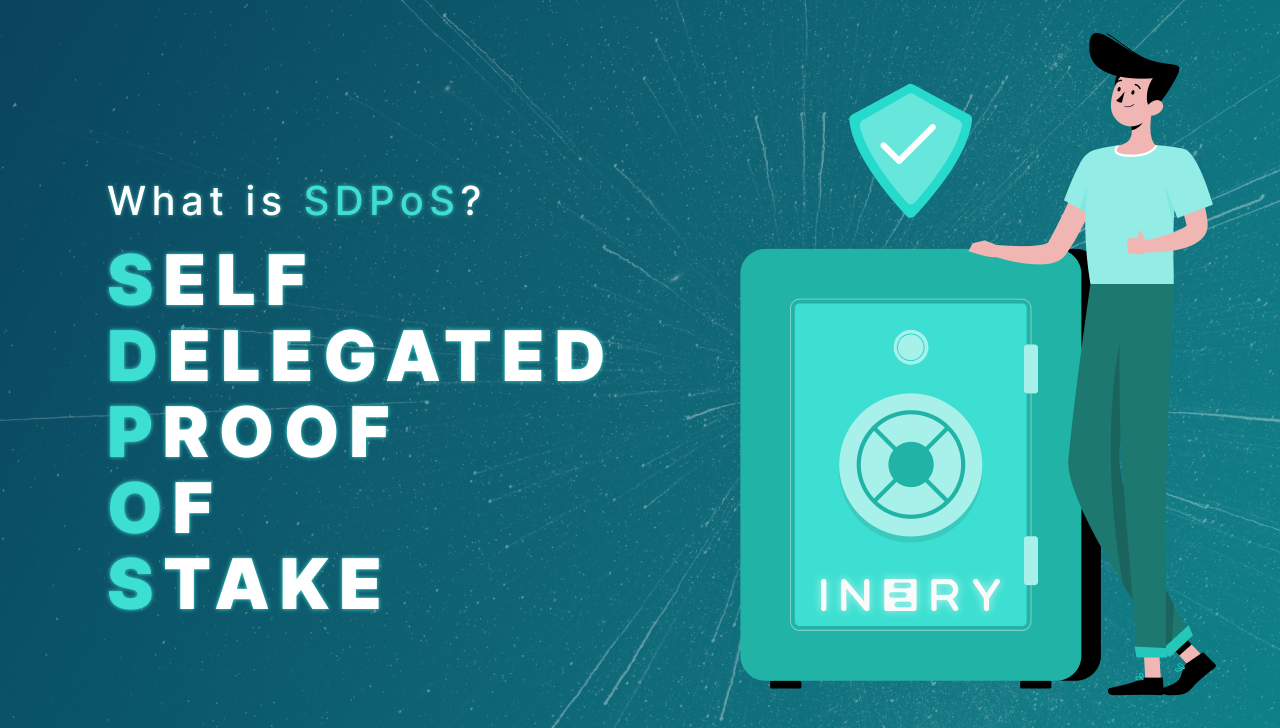Twitter’s co-founder and former CEO, Jack Dorsey announced the launch of a new platform called the ‘Web5’ on Twitter. The platform is being developed by The Block Head (TBD), a subsidiary of Block, (formerly known as Square). Considered an amalgamation of Web3 and Web 2.0 built on the Bitcoin blockchain, the new Web5 is floated with the promise to secure personal data.
The company said, “We struggle to secure personal data with hundreds of accounts and passwords we can’t remember. On the web today, identity and personal data have become the property of third parties,”.
Decentralized identity and data storage are brought by Web5, offering individuals the opportunity to create user experiences while also completely retaining data and identity ownership with themselves.
History of the Web
Let’s take a look at Web5’s predecessors for a better understanding. Web1 called the ‘first-generation internet’ or the ‘Static Web’, allowed users to merely read the content on websites, portals, and online services, without any direct interaction.
Web2 also known as the ‘Social Web’ went a step ahead and offered flexibility to its users to read content and engage with the servers and other users. Social networks and applications like forums, podcasts, and blogs gave way to participative communication. The creation of online content by users, who were passive actors earlier, paved the way for Web2 to be referred to as ‘Collaborative Web’ as well.
The Web3 is run on blockchain and introduced Decentralization as a core feature. Users can read, write and execute in Web3 without the presence of an intermediary. Consequentially, Web3 is collaboratively being developed by different individuals and organizations. Web3 primarily focuses on solving the problem of surveillance capitalism - an inevitable byproduct of private networks collecting personal data. Another focal point of Web3 is the creation and transfer of internet money directly between users without any intermediaries.
Web4 referred to as the ‘Mobile Web’ is construed to have the infrastructure to facilitate access through a mobile phone. Web4 focuses on enabling the usage and distribution of information regardless of physical location, i.e. complete access via mobile phone.
What is Web5?
Some believe that the name Web5 is a marketing ploy to denote the product’s superiority, an indication of the fact that it is a combination of the best features of Web2 and Web3. Web5’s monetary layer is conceptualized to be built on the foundation of Bitcoin while other components are to be based on varying technologies.
Though the creation of the Web democratized the exchange of information, it failed to provide the infrastructure to secure personal data and identity, thus resulting in their becoming the property of third parties. In the Web2 economy, traditional corporate data houses are used to store our personal data. These social media companies also own the digital identities of their users around the world.
Data collected by tech platforms are always lined with the threat of being sold to another party. Regardless of the presence of the General Data Protection Regulations (GDPR) and other personal data protection regulations, it is humanely impossible to ensure securing the data available in the hands of innumerable companies.
Web5 is built to serve two core purposes: to enable individuals to own their data and to control their identity. This mitigates the threat of government censorship and big tech companies.
Another remarkable aspect of Web5 is the portability of personal data and identity. It allows users to identify themselves on numerous applications without relying on multiple logins stored in centralized servers. You can switch from one application to another without explicitly logging in, as Web5 works with decentralized web nodes owned by users themselves.
Technological Pillars of Web5
Web5 relies on 4 main technological pillars to create a truly decentralized web platform:
- Decentralized Identifiers — DIDs are owned and operated by users and provide unique identities that act as a public key to every user
- Verifiable credentials — Information of a user identified by DID is considered as a VC.
- Decentralized Web Nodes — DWNs are private data vaults that store encrypted public data. DWNs act as computers that store and initiate connections and communication between DIDs.
- Self-Sovereign Identity Service — SSIS is an identity management service that is completely decentralized. It offers individuals and organizations the freedom to create and control their digital identities by themselves using digital wallets without depending on third-party service providers.
Bottom line
The most concerning criticism about Web3 is its reliance on funding from Venture Capitalists and their Limited Partners for its innovation and development. Currently, users of Web3 do not own the Web3, rather the Venture Capitalists do and they unarguably benefit from it. This ultimately makes it a centralized entity controlled by VCs, only with a different label.
While several blockchains claim to be decentralized, the degree of decentralization varies greatly. Most emerging layer-1s and layer-2s rely on centralized or partially centralized infrastructures like Amazon Web Services (AWS) or IPFS.
We, at Inery, are striving to put the power back into the hands of the masses in the true spirit of decentralization through layer-1 interoperability solutions and decentralized DB management.
By bestowing ownership of personal data and identity to users, Web5 tries to restore the balance. Thus, attempting to create a truly decentralized network. It is vital that technical, and financial initiatives to create a decentralized web be undertaken to offer users security of their data and identity. For, the future is merely a process and not a destination!
Website | Twitter | Telegram | Telegram Ann | LinkedIn | Discord | Reddit | Instagram

Inery•
2 years ago
How Web2 Giants Can Tap Into the Web3 Sphere
The greats of Web2 are primed to reach into the Web3 market. What are the best technologies for them to leverage? See our ideas here. ...READ MORE

Share

Inery•
2 years ago
Database Security Practices
Discover the significance of database security in safeguarding sensitive information and learn how Inery can enhance your data protection strategies ...READ MORE

Share

Inery•
1 year ago
Can Blockchain Level Up The Music Industry?
Uncover the transformative impact of blockchain technology on the music industry, tackling persistent challenges in royalty distribution. Immerse yourself in Inery's innovative approach, offering a glimpse into the future of music royalties. ...READ MORE

Share

Inery•
3 years ago
SELF-DELEGATED PROOF OF STAKE (SDPOS)
Inery’s use of consensus algorithm. ...READ MORE

Share
Most popular today



